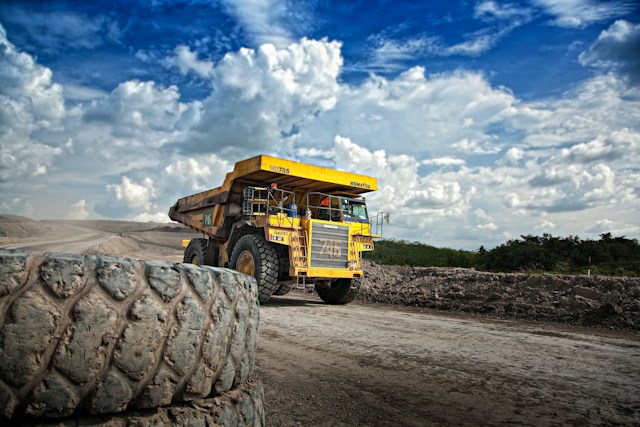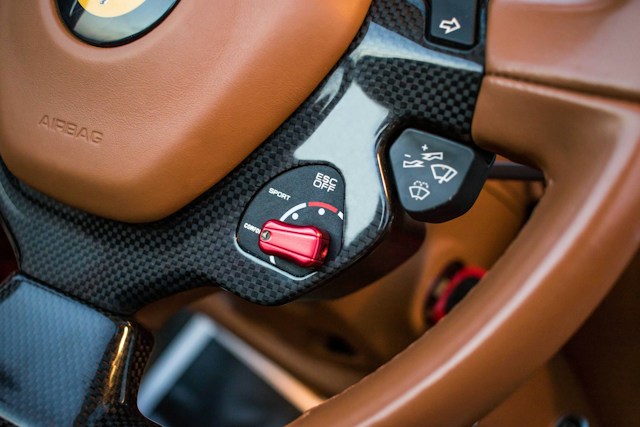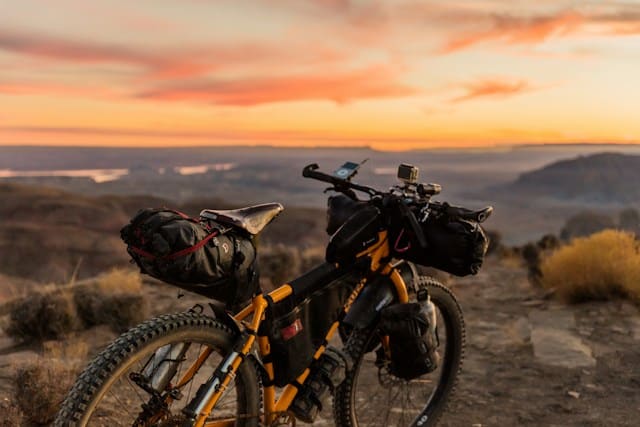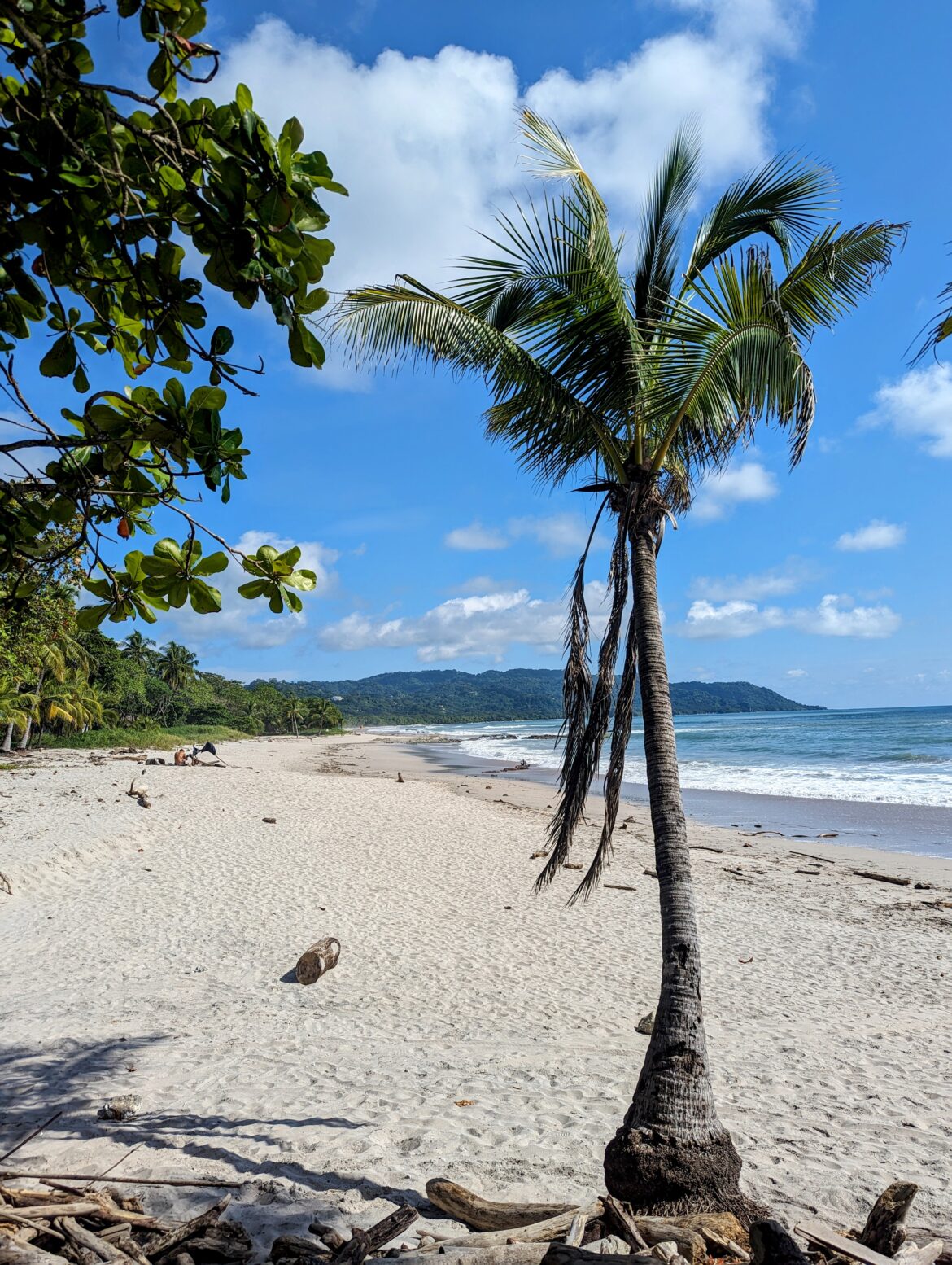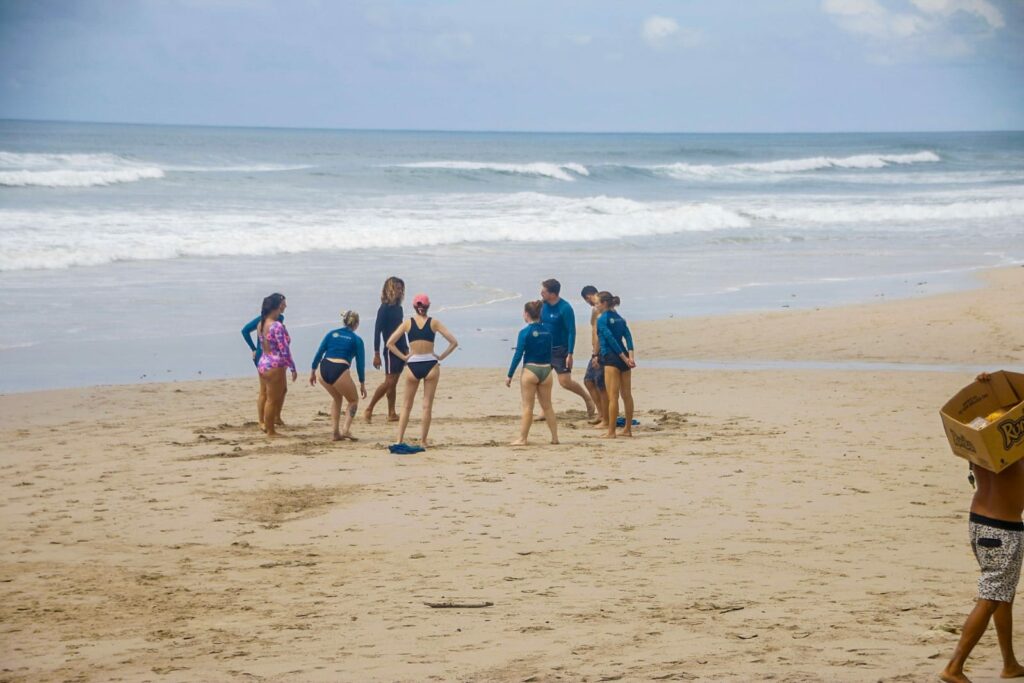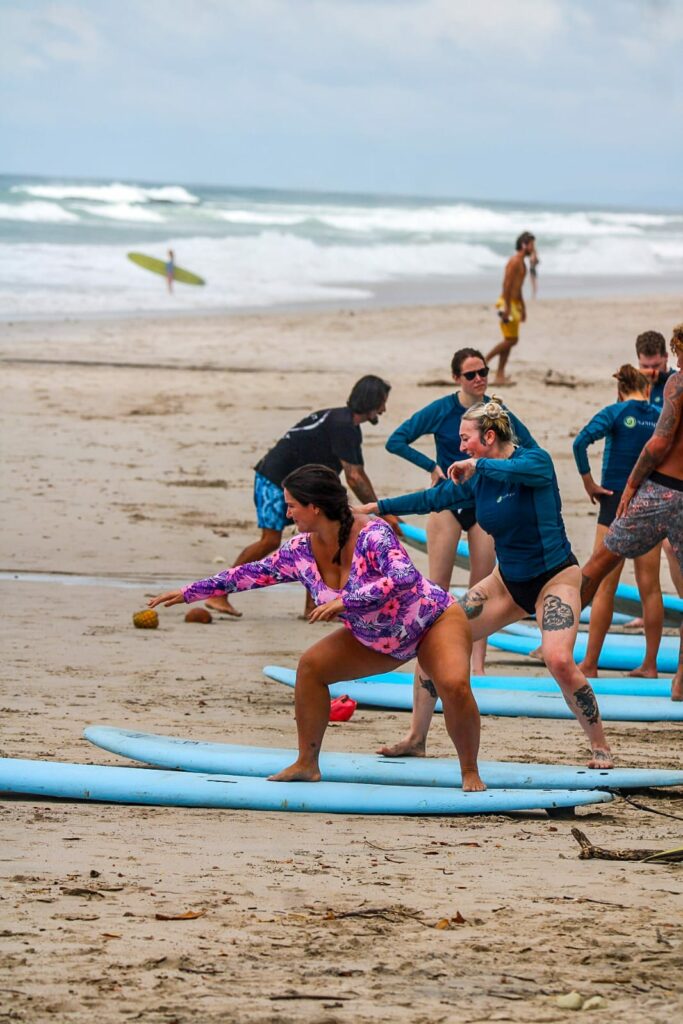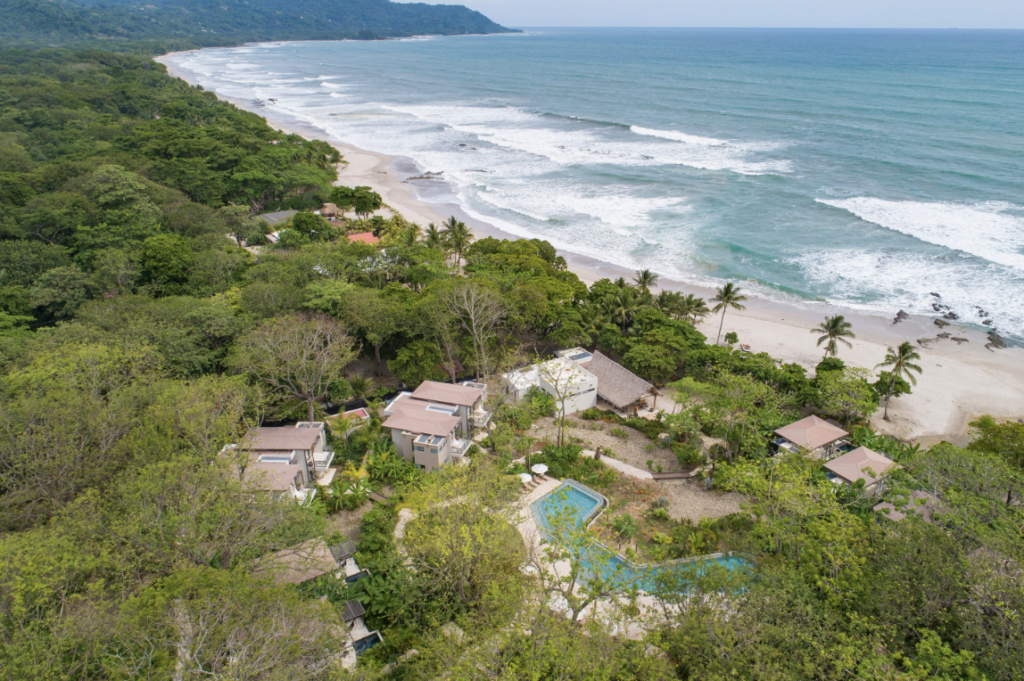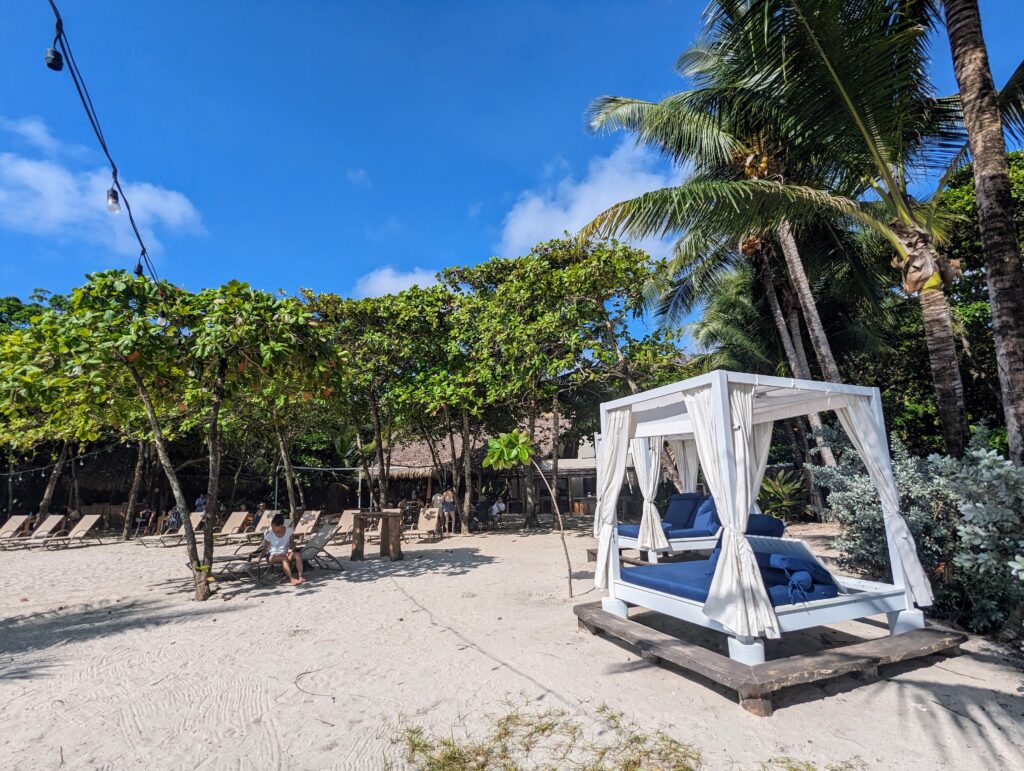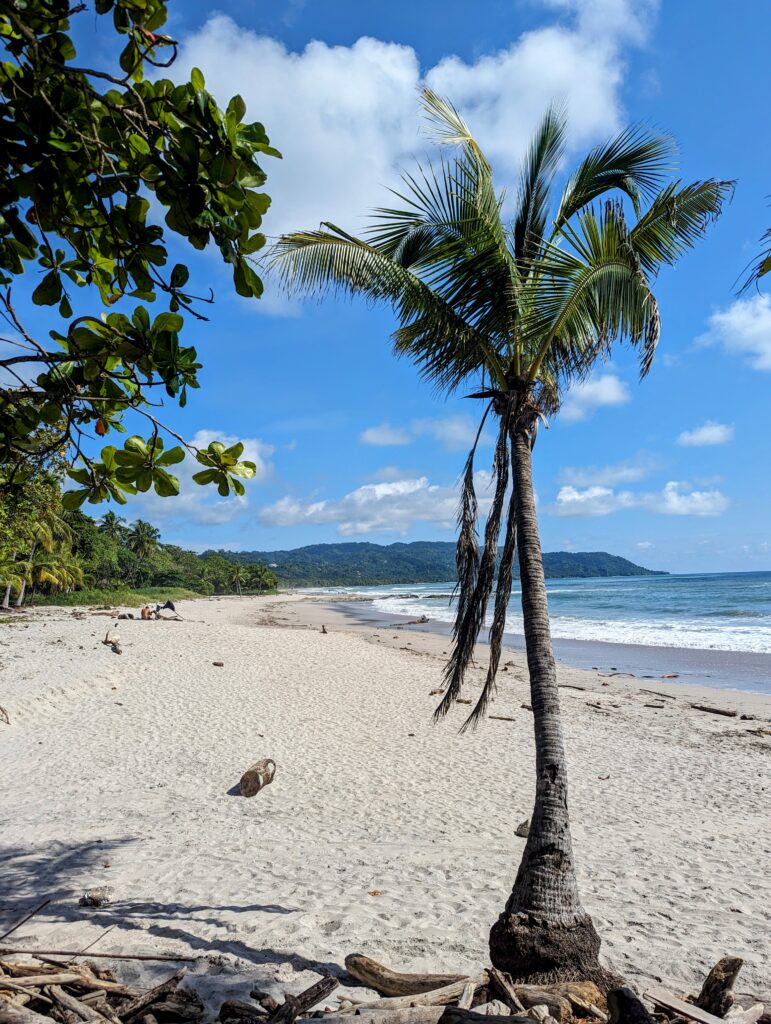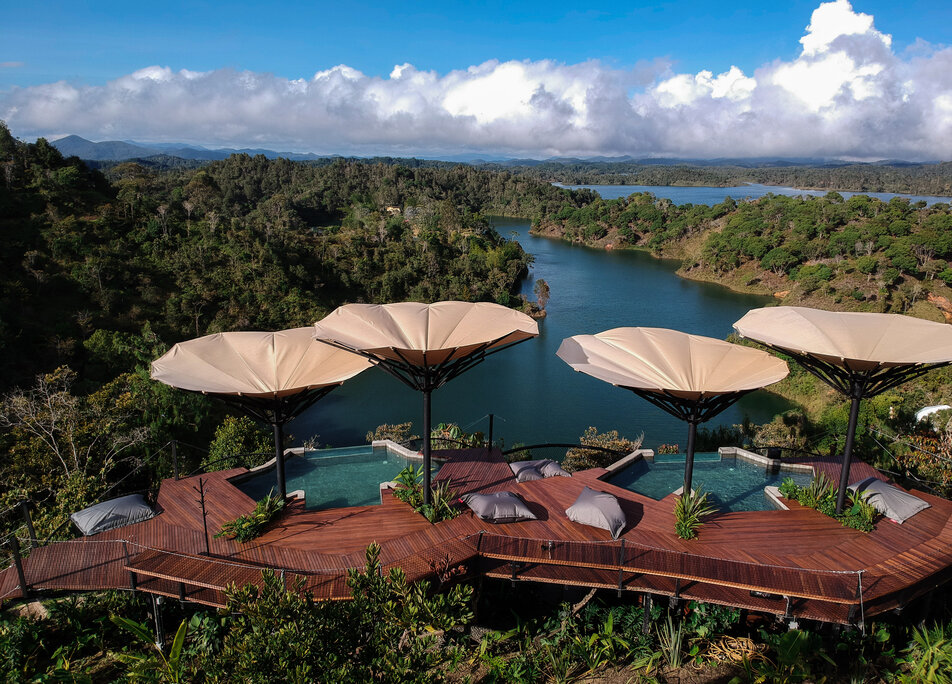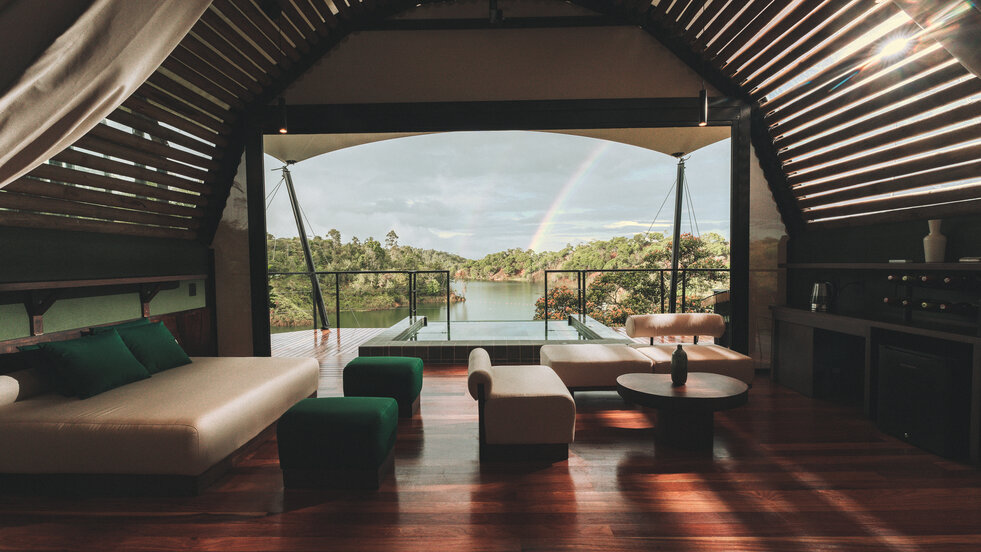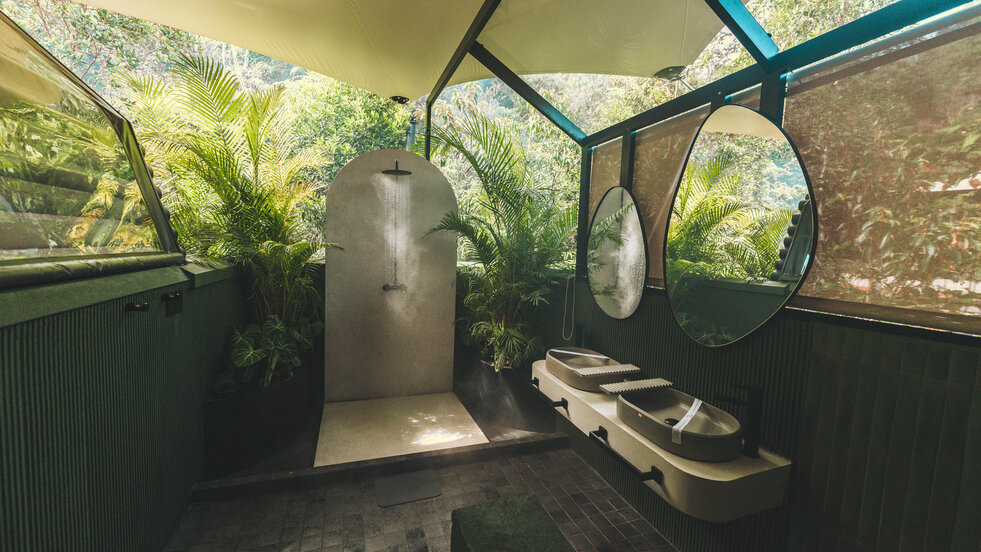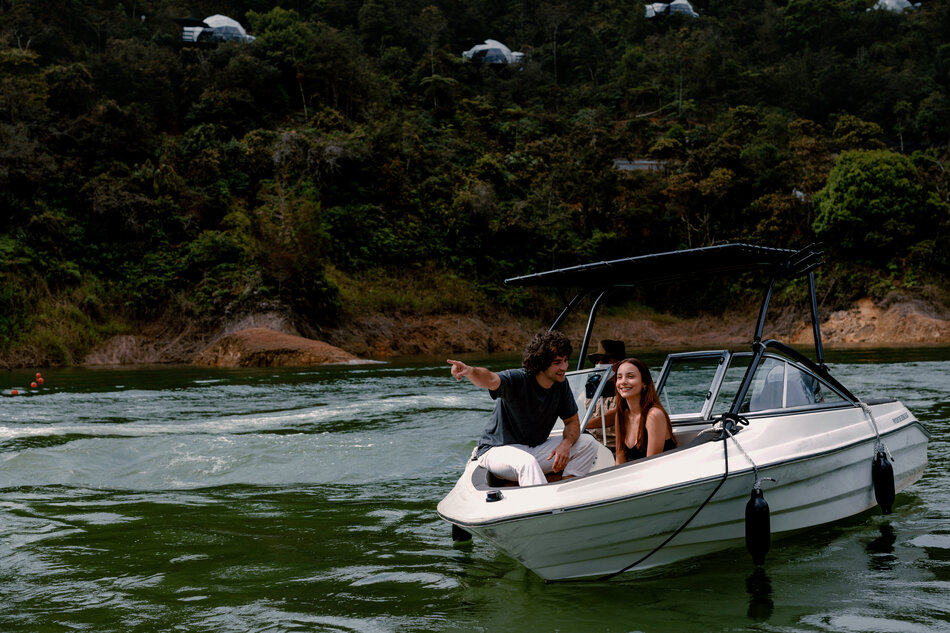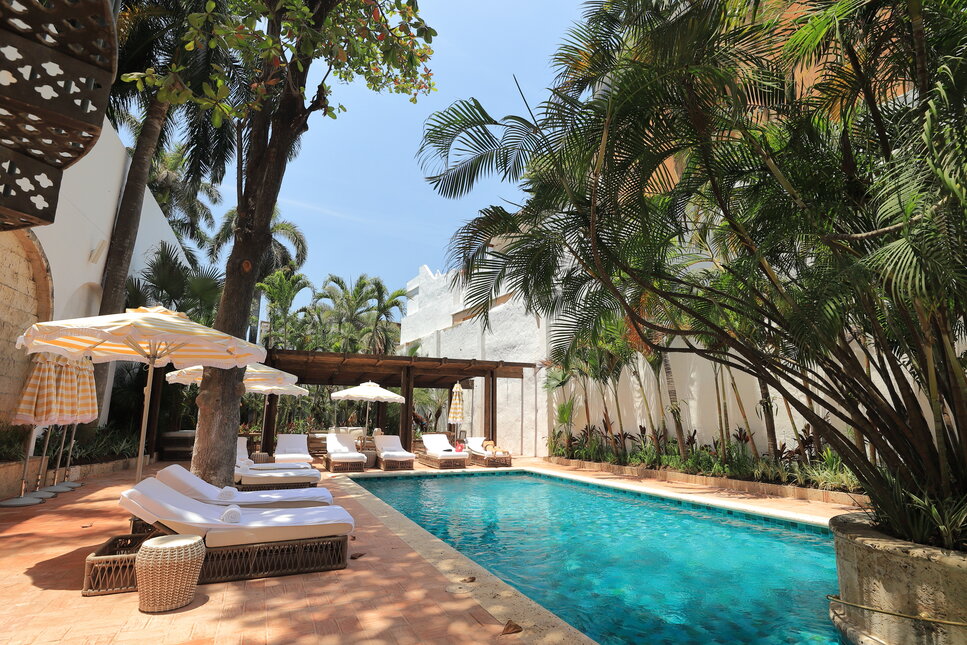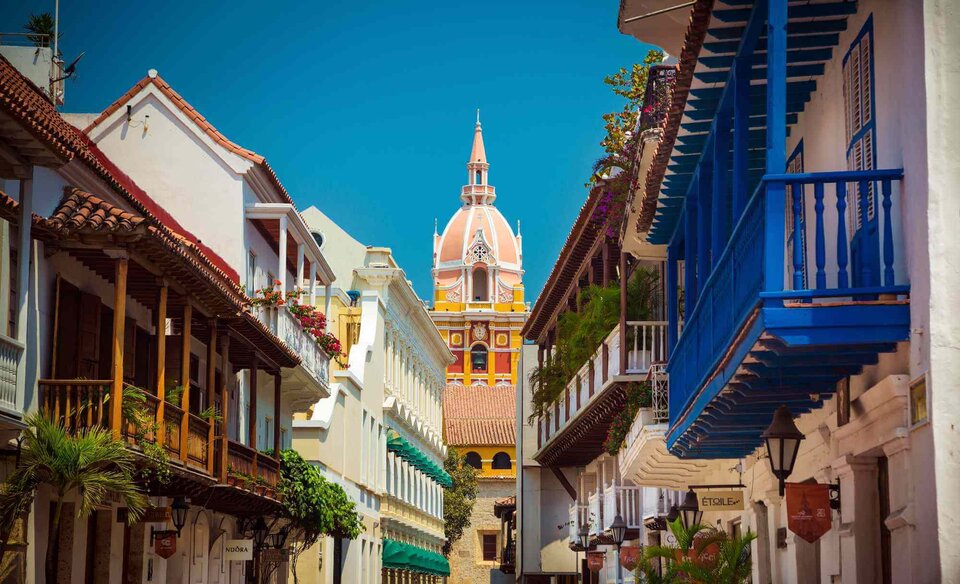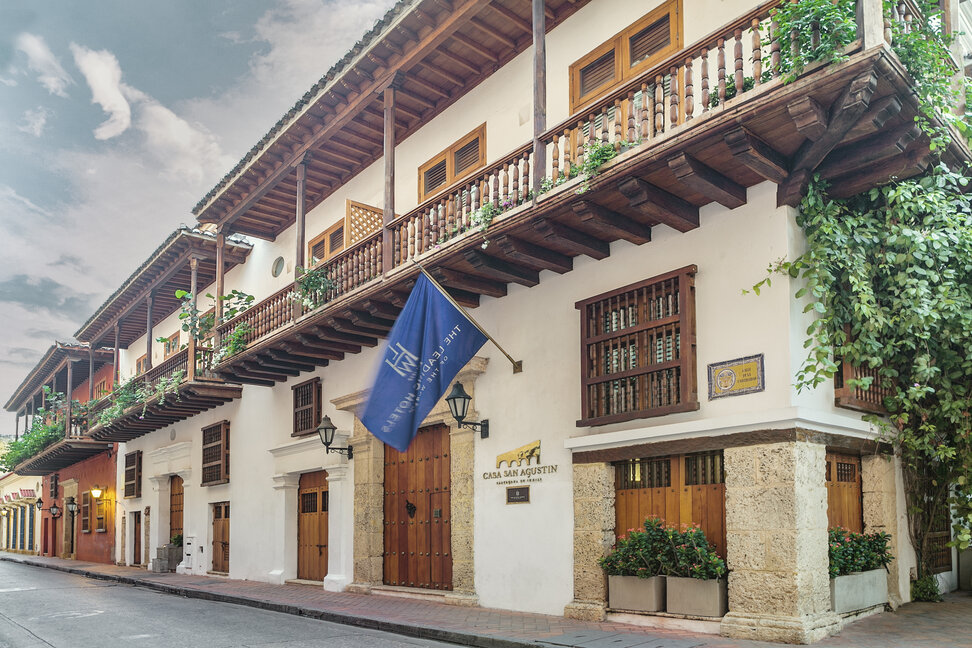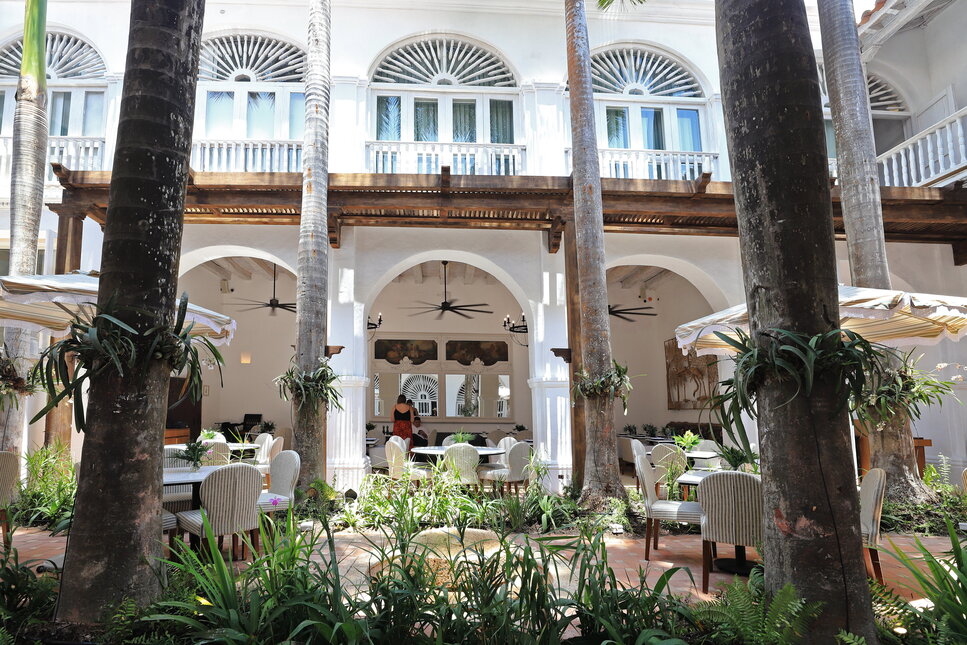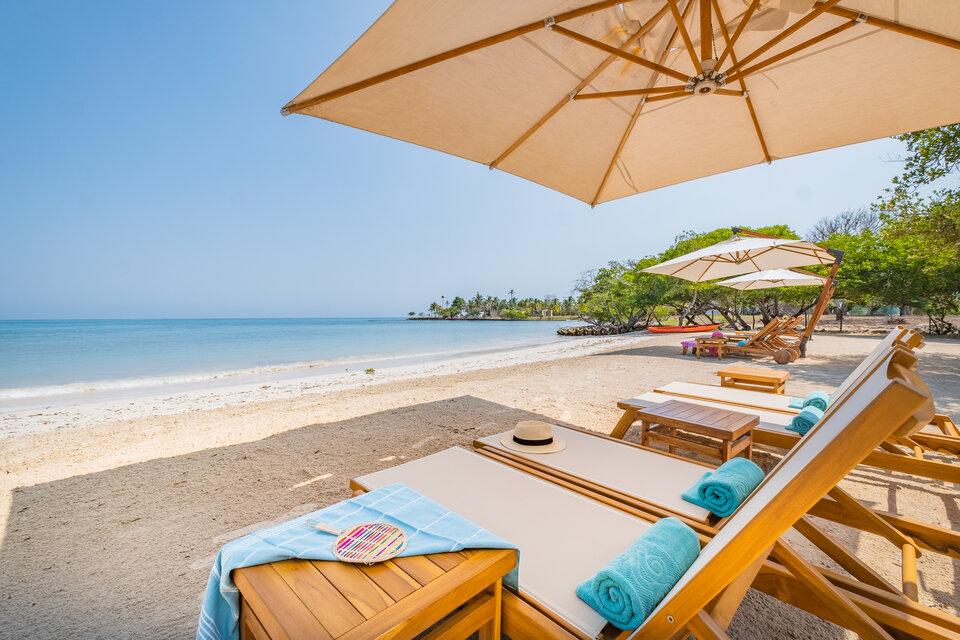In the intricate web of modern commerce and logistics, the role of trucking stands out as a vital artery, ensuring the smooth flow of goods across cities, states, and nations. Trucks, the behemoths of the road, carry everything from perishable food to hazardous materials, making their safe and reliable operation paramount for the economy and public safety alike.
However, within this critical industry lurks a potential hazard that, if not adequately addressed, can lead to devastating consequences: truck equipment failures. These failures, ranging from brake malfunctions to tire blowouts, not only pose a significant risk to the truck driver but also to every road user.
Understanding the causes, impacts, and preventative measures is essential to prevent truck equipment failure accidents and ensure justice and safety on our roads.
Common Types of Truck Equipment Failures
The safe operation of a truck is heavily reliant on the proper functioning of its equipment. Failures in key components can lead to dangerous situations on the road, posing a risk not only to the truck driver but also to other road users.
Understanding the most common types of equipment failures can help in identifying and preventing potential accidents. Here’s an overview of the primary failures that can occur:
- Brake Failures: Brakes are arguably the most critical safety feature on any vehicle. In trucks, the complexity and heavy-duty nature of the braking system makes it susceptible to several failure modes. Worn-out brake pads, leaking brake fluid, or overheated brakes can significantly reduce stopping power, leading to an inability to stop in time to prevent a collision. Regular maintenance and inspections are crucial to prevent brake failures.
- Tire Blowouts: Tires bear the brunt of the load and are constantly under stress, making them prone to wear and tear. Overloading, under-inflation, and poor maintenance can lead to tire blowouts, which are particularly hazardous at high speeds as they can cause the driver to lose control of the vehicle. Ensuring tires are in good condition and properly inflated can reduce the risk of blowouts.
- Steering System Failures: The steering system of a truck is what allows the driver to navigate and control the vehicle’s direction. Failures within this system, such as loss of hydraulic fluid, mechanical wear, or power steering failure, can lead to a loss of control, making it difficult or impossible to steer the truck safely.
- Lighting and Signal Failures: Proper lighting and signaling are essential for communication on the road. When headlights, brake lights, turn signals, or hazard lights fail, it can lead to misunderstandings or an inability for other drivers to anticipate a truck’s actions, increasing the risk of accidents, especially under low visibility conditions.
- Load Securing Equipment Failure: Trucks often transport heavy or hazardous materials that need to be securely fastened during transit. Failure in the equipment used to secure these loads, such as straps, chains, or tarps, can lead to shifting or loss of the load. This not only damages the cargo but can also cause accidents if the load falls onto the roadway or causes the truck to become unbalanced.
By recognizing and addressing these common equipment failures, truck drivers and companies can significantly reduce the risk of accidents. Preventative maintenance, regular inspections, and driver awareness are key components in ensuring that trucks remain safe on the roads.
Impact of Equipment Failures on Road Safety
Truck equipment failures significantly impact road safety, leading to hazardous situations that can result in accidents, injuries, and fatalities. When essential components like brakes or steering systems fail, the risk of collisions increases as drivers may not be able to control their vehicles effectively.
Tire blowouts or lighting and signal failures further exacerbate these dangers by impairing a truck’s stability and visibility. Such incidents not only endanger the truck driver but also all road users, including other vehicles, pedestrians, and cyclists.
Rollovers and jackknifing are specific consequences of equipment failures that can block roadways and cause multi-vehicle pile-ups. Moreover, equipment failures can impair a driver’s ability to respond to road conditions, leading to accidents that could have been avoided with properly functioning equipment.
Ensuring truck equipment is in optimal condition is therefore crucial for maintaining road safety and preventing accidents.
Preventative Measures and Best Practices
To mitigate the risks associated with truck equipment failures, implementing preventative measures and adhering to best practices is essential.
Regular maintenance and thorough inspections of trucks play a pivotal role in identifying and rectifying potential issues before they lead to failures. This includes checking brakes, tires, steering components, and securing equipment for wear and tear or damage.
Educating drivers on the importance of pre-trip inspections and how to recognize signs of equipment distress is equally crucial.
Embracing technology, such as advanced monitoring systems, can also aid in early detection of equipment issues.
Regulatory Framework and Compliance
The trucking industry is governed by a stringent regulatory framework designed to ensure the safety of both truck operations and road use. These regulations encompass equipment maintenance, load securing, and driver working hours, among other aspects.
Compliance with these rules is not only a legal obligation but a critical factor in preventing accidents caused by equipment failures. Challenges in maintaining compliance can arise from the complexity of regulations and the cost of implementation.
However, solutions such as regular compliance training, investment in maintenance infrastructure, and adoption of compliance management software can help trucking companies navigate these challenges effectively.
Staying informed about regulatory changes and proactively adapting operations is essential for enhancing road safety and minimizing the risk of equipment-related incidents.
Conclusion
The interplay between truck equipment failures and road accidents underscores a critical area for intervention in the pursuit of safer roadways. This article has navigated through the types of equipment failures, their impacts on road safety, and the preventative measures that can be undertaken to mitigate these risks.
It also touched upon the regulatory framework designed to uphold safety standards in the trucking industry. By adhering to maintenance schedules, embracing technological advancements, and ensuring compliance with safety regulations, the incidence of equipment-related accidents can be significantly reduced.
It is incumbent upon trucking companies, drivers, and regulatory bodies to collaborate in fostering a culture of safety that prioritizes the well-being of all road users.

